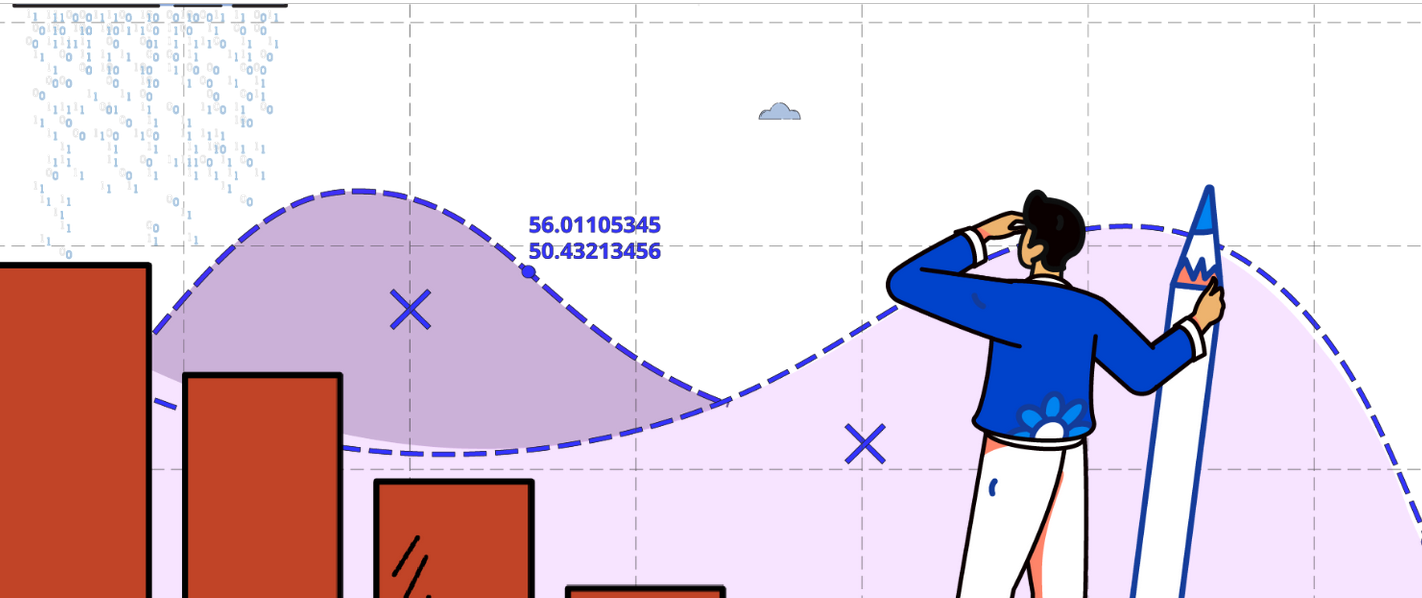- September 21, 2020
- Equity
“If you just take data in a silo and don’t understand the context, you won’t understand that that’s the manifestation of structural inequities,” says Elana Needle, the Director of the Racial Equity Anchor Collaborative at the Latino civil rights organization UnidosUS. Comprising eight organizations including UnidosUS, the NAACP, the National Congress of American Indians, and the National Urban League, the Anchor Collaborative group uses mapping to expose, and correct, conditions that precede preventable bad outcomes. Right now, the Anchor Collaborative is tracking Census 2020 response rates in communities of color across the United States, to prevent undercounting. Once the Census count is complete at the end of September, the Collaborative will pivot their maps and data to address voter registration and track voter suppression in the November election.
This is part of a tradition of using maps for racial activism. Dolores Huerta, the iconic civil rights activist and advocate for immigrant and worker rights, made maps with communities so they had the data and visuals they needed to advocate for change. Data and mapping helps communities tell their story in a way that drives energy and action.
Combined, the sites linked below catalog hundreds of maps, visualizations, charts, and data applications that are related to racial equity. These are just a few of the many examples where GIS and mapping both visualize inequities and illustrate solutions:
GIS For Racial Equity
The Racial Equity GIS Hub is an ongoing resource hub to help organizations around the world that are addressing racial inequities. The hub and associated tools help organizations use data layers, mapping applications, and metrics to identify racial inequities. Once these inequities are visualized geospatially, there are resources, examples of best practices, and an online community where organizations can discuss solutions.
The map below is part of the Hub’s collection, which is populated by members of the global GIS community and other Hub partners. This one explores infant mortality in the United States; Black mothers have 2.3 times the infant mortality rate as non-Hispanic white mothers, and Black infants are significantly more likely to die from things like low birthweight, sudden-infant death syndrome, and other birth complications. This map shows how race, in this case maternal race, can deeply impact the ability to live a healthy life, and is also fuel for research and policy changes.

Vulnerable Populations Dashboard
This interactive map focuses on the intersection of COVID-19 and unmet health and/or social needs. By identifying where vulnerable populations are in the U.S., policymakers can map out potential pandemic hotspots, and use data to guide both COVID response and a more holistic approach to the “underlying physical conditions, behavioral health conditions, long-term care needs, or unmet social needs” that would exacerbate COVID-19.
The map below, part of the Social Determinants of Health section, is an overlay of food insecurity and COVID-19 cases. This helps policymakers understand potential relationships between the two metrics, as well as plan food assistance programs that are COVID safe; for instance, in places with high case rates and high food insecurity, delivery programs could be implemented instead of large food pick-up sites. This is just one example of how overlaying metrics allows for more holistic and comprehensive policymaking.
The Racial Equity Index
The Racial Equity Index is the first tool to index key indicators of prosperity and inclusion by race; the Index measures the current state of inequity in 100 of the largest U.S. cities, plus 150 major metro areas and all 50 states. By disaggregating data and measuring indicators like unemployment, educational attainment, school poverty, air pollution, and housing burden, the Index helps local governments address structural racism and develop equitable policy solutions.
The map below is part of a series; this one visualizes the discrepancy between economic growth and racial equity. As the authors explain, this chart shows that “robust economic growth alone does not bring about racial equity and inclusion.” This is important information to track and visualize, because without the data on racial discrepancies, economic policies could inadvertently perpetuate inequality, under the misconception that all races benefit from growth equally.

The aim of all of these repositories and visualizations is to remove racial data from siloes and recenter it in the conversations about things like geography, health outcomes, childbirth, voting rights, wealth, homeownership, and more. And they also inspire others to think about using data visualization and mapping for anti-racism work; so, how can you use these tools to increase equity?






